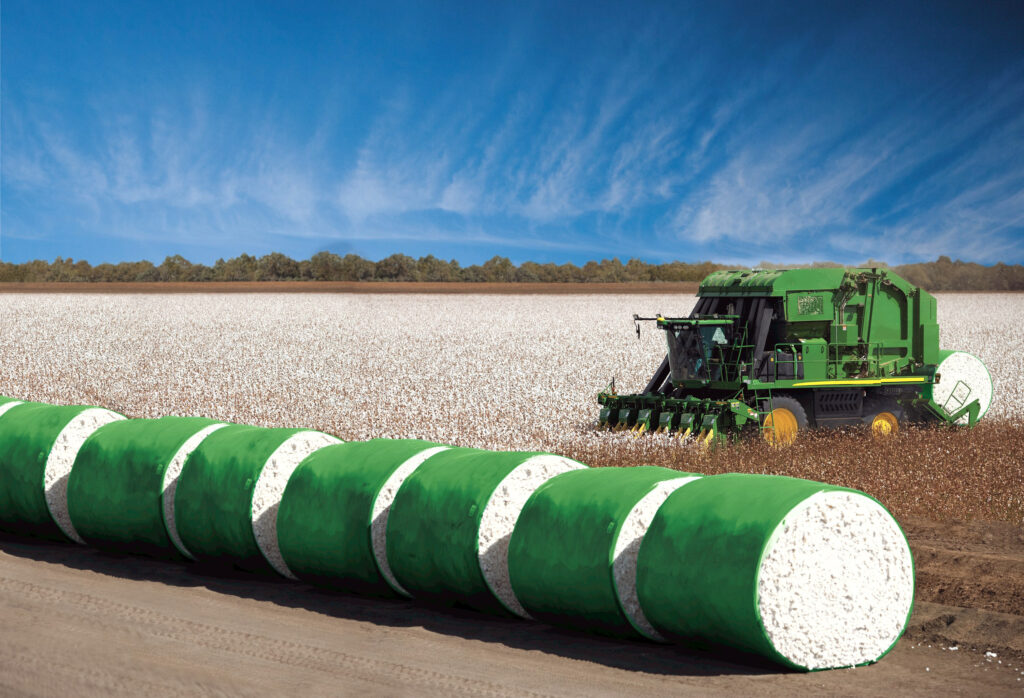For many years, cotton has been the fiber of choice for apparel. Textile mills have worked with farmers over time to help reduce contamination going into the apparel market. Now it’s nonwovens’ turn to educate farmers to even more critical requirements.
Cotton Is Increasingly Found In Next-To-Skin Applications
Cotton going into nonwovens is now finding its way into all types of hygiene products, including topsheets next to the skin in panty liners, baby diapers, and even adult incontinence products. Consumers have been conditioned over the years to expect these substrates to be hygienically white and free of any non-white substances.
How Can Contamination Happen in the Field?
As the consumer has learned, most of the hygiene products, until recently, were made with synthetic fibers or extruded films that were white or clear. Cotton, on the other hand, is a natural product, one grown and harvested annually by farmers across the southern U.S. As a natural product, the harvested product can contain some of the plant stalk, stem, leaf, or seed fragment, but also may contain contamination that has blown into the cotton field, or residual plastic left behind from a prior crop—or even part of the module cover used during the harvesting and gin process.
Farmers Must Listen to Industry Leaders
Again, the farmers have to be educated as to what affects the ultimate finished product through the USDA, Cotton Incorporated, National Cotton Council, or other associations across the country where farmers and ginners exchange ideas on better farming and ginning practices. U.S. farmers can provide the U.S. and global markets the highest quality cotton available. They are able to do that by listening to the marketplace about what is needed, and then developing best practices to accomplish this.
How We Clean Our Cotton at Barnhardt
When the Barnhardt Purified Cotton team receives the cotton from the cotton gin or warehouse, the cotton bales are inspected top to bottom for any foreign materials that may be present and then the fiber goes through our fiber mechanical cleaning that is set to optimize fiber cleaning where much of the plant material and other contaminants are removed. During the final stage, the cleaned cotton goes through our extensive purification process to remove the oils and waxes and other impurities, and to gently whiten the cotton with hydrogen peroxide so that the cotton is safe for use in these hygiene or wipe products.
